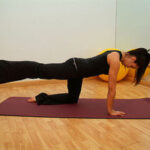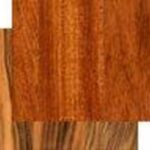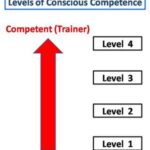If you are a new dance instructor setting up your studio, or a student who is taking dance lessons but wants to practice at home, you may be in the market for a floating dance floor. This type of dance flooring is useful for those who dance, as well as others who perform yoga, pilates and other types of performance, because of the spring and give that the floor provides. For those that dance and perform on a wooden dance floor regularly, it is important that the dance flooring be a floating dance floor, because over time, repetitive and percussive motions with the feet and legs on a hard surface can lead to injuries to the legs, knees, ankles and hips. In order to prevent this in students and instructors who regularly partake in these activities, it is best to utilize the resiliency that comes with a floating dance floor.
All types of dance and exercise can be safely performed on a smooth wooden dance floor that floats above the subfloor. The good news is that if the subfloor is less than ideal for dance, such as concrete, all is not lost, because with the addition of this type of dance flooring placed above it, you will have a safe surface upon which you and your students can perform.
Even if you only want a small wooden dance floor to use in your home for a dance practice area for yourself, it is quite simple to achieve. Better floating dance floor manufacturers will craft the dance floor in small panels, roughly the same size as a half-sheet of plywood. What this means, depending on how large you would like your practice floor to be, you can simply purchase the number of panels you want and install them. They also work well over carpeted floors. They provide the same safe dancing surface that you will find in quality dance studios.
Speaking of installation, you will want flooring that is easy to install yourself. Floating floors suitable for a tap dance floor can be found that utilize foam blocks sandwiched between the subfloor and the new dance floor, which might be a marly dance floor covered in vinyl. These provide the required resiliency needed to protect the dancers while tap dancing. Better floors of this type, including a marly dance floor, do not “squeak,” a common occurrence with flooring panels that do not fit together well, and some floors even allow you to adjust the tension in the amount of resiliency offered, which can have an impact on the sound the taps make on the floor. This is important, because a tap dance floor that has had the sound dampened will mean that tappers will try to tap harder in order to increase the sound, which can cause stress injuries to the legs, so it is much better to “tune” the floor so these adjustments on the dancers’ parts are not needed.




